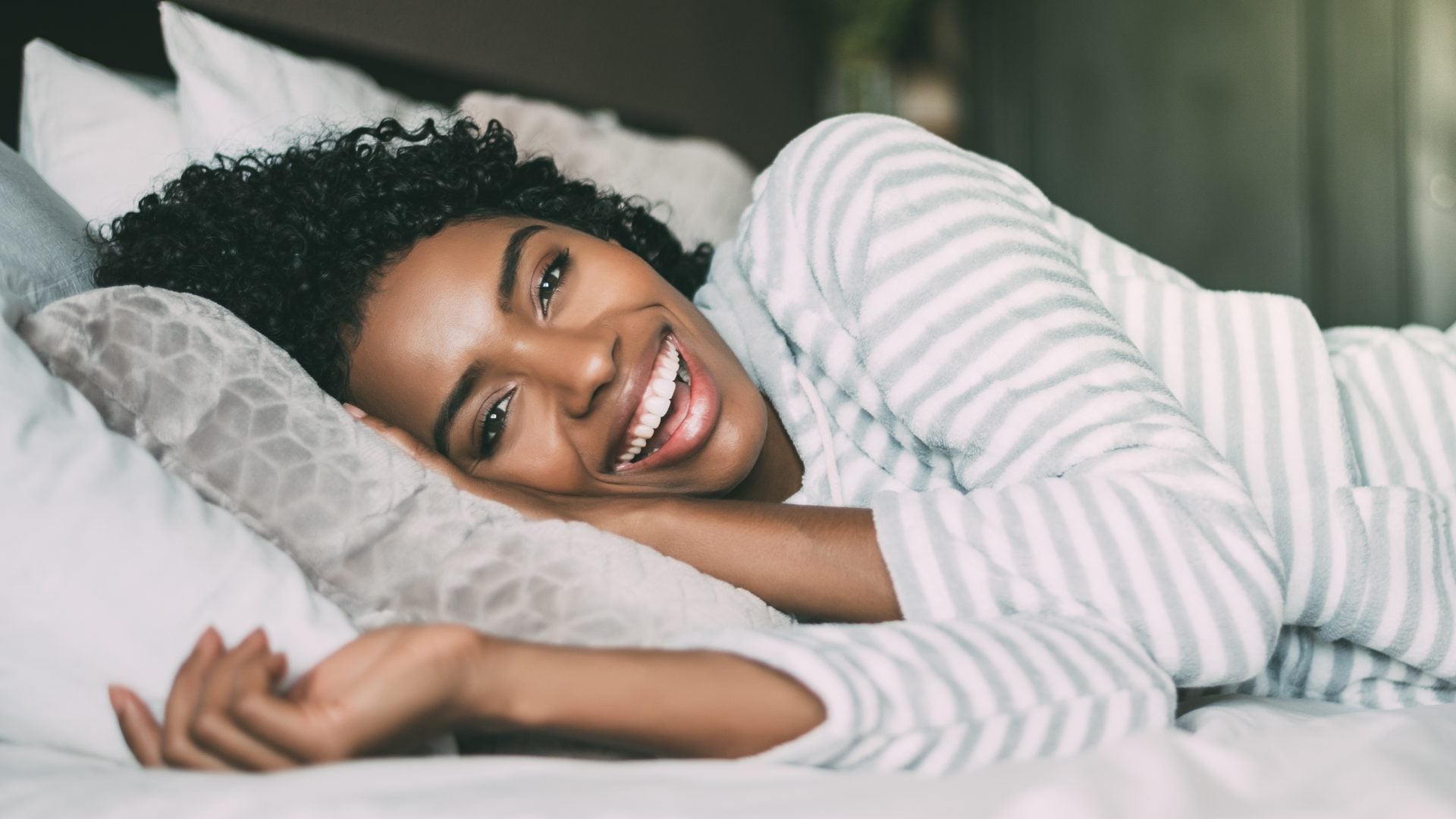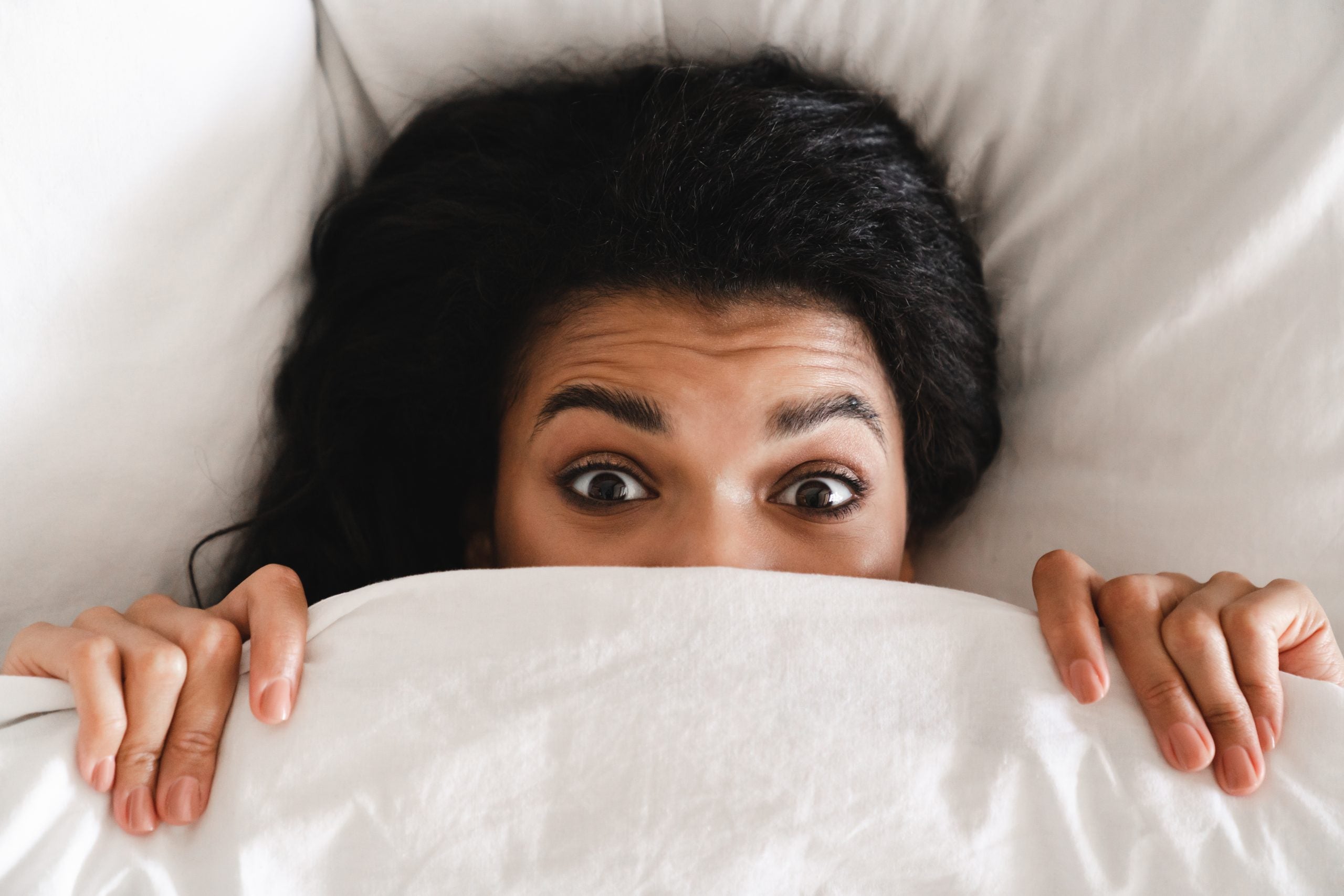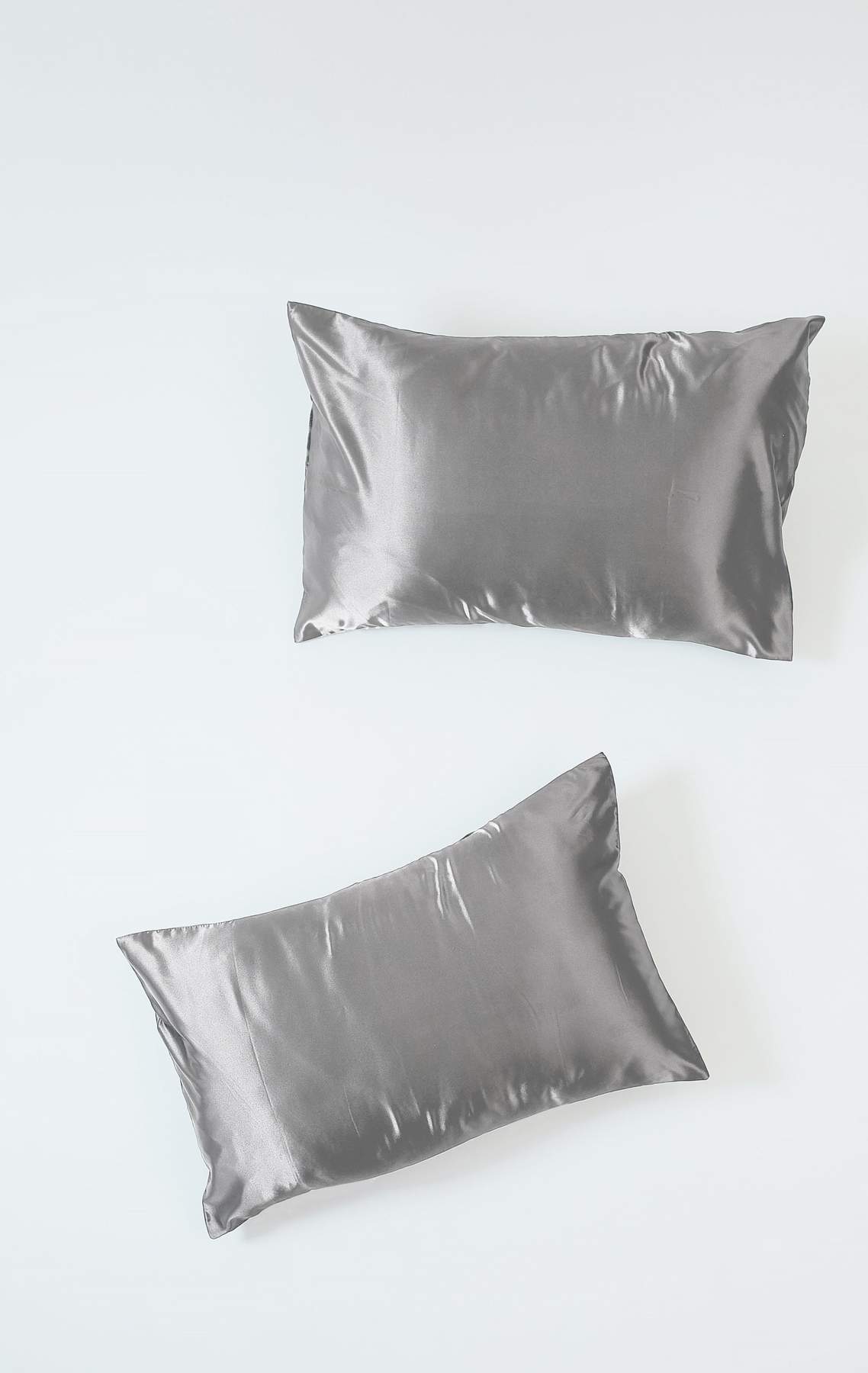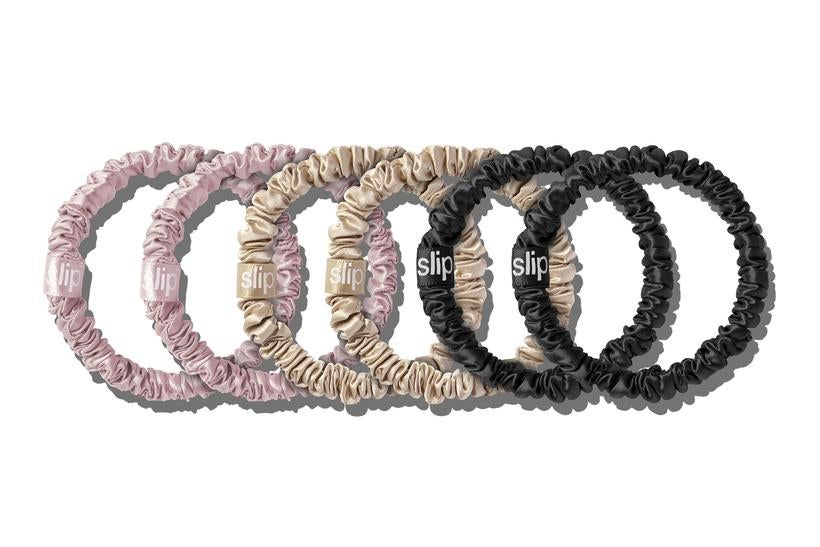
Extreme stress over the past year has resulted in a significantly higher rate of hair loss in minority communities, reports the Journal of the American Academy of Dermatology. What’s even more disturbing is another study revealed a 400% uptick in hair-shedding among low-income areas experiencing high COVID-19 death rates.
According to Bridgette Hill, there is a delicate balance of estrogen, progesterone, and testosterone that impacts healthy scalp and hair growth. “Research has proven that even the slightest shift in these hormones can lead to severe hair shedding and hair loss,” the certified Trichologist, informs us. “Hair thinning and loss is polygenic, meaning there are many genes involved that result in hair loss. Due to women’s body systems and functions, which are regulated by our hormones and endocrine system, there is a multitude of triggers that lead to hair shedding and hair loss.”

Some of the factors that can disrupt the balance of hormones include prescription medicines, vitamin and mineral deficiencies, over-styling, and the most common for many Black people: emotional stressors. In hopes of combating the hair loss epidemic, we chatted with Hill to learn a few tips to minimize and prevent hair loss, thinning, and breakage —especially while you’re sleeping. Below is her expert advice.
Use Silk Or Satin Pillowcases
Silk or satin is a breathable fabric that is beneficial to both the hair and scalp. Unlike cotton fabrics, silk and satin pillowcases allow circulation to help maintain moisture and minimize the amount of breakage-causing friction on hair fibers.

Change Pillowcases Frequently
Hill stresses the importance of changing your pillowcases at least once a week. This avoids unhealthy bacteria that can build up on your sleeping surface and the overall impact on the health of your scalp’s microbiome (and can lead to breakouts on your skin).
Always Opt For A Silk Or Satin Scarf Or Bonnet
Similar to the benefits of the pillowcases, using silk and satin scarves and bonnets do wonders in protecting the hair from breakage. Again, she cautions to wash them regularly.

You should probably rethink how you’re wearing your hair at night. Hill recommends opting for loose braids, plaits, or a pineapple updo to prevent excess pulling on the scalp. These options can prevent injury to the hair follicle and help get the hair growth cycle back on track.

Drink Water Before Bed
It’s no secret the proper hydrate is a necessity, but if you need an additional reason to consume your daily h2o, Hill reveals that water is the key to hair growth and restoration, her suggestion: Sip up!
To learn more about Bridgette Hill, visit: bridgettehill.com
